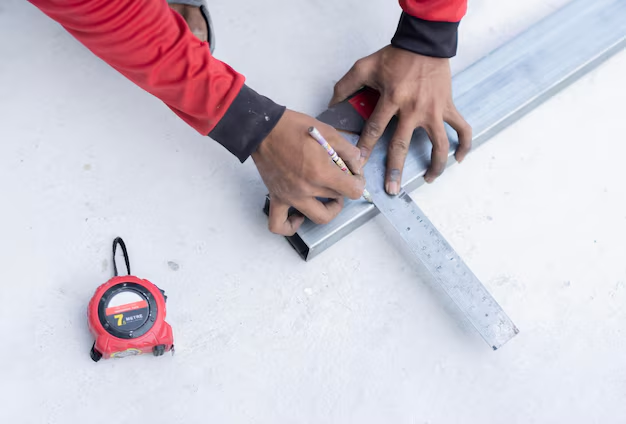Mastering Roof Measurements: A Simple Guide to Counting Roof Squares
Understanding how to count roof squares is an essential skill for anyone looking to undertake roofing projects, whether it’s for personal learning or future renovations. A "roof square" is a unit of measure in roofing that equates to 100 square feet of roof area. This guide will walk you through the steps needed to accurately calculate the number of roof squares your project requires, and gently segue into related financial matters that might surprise you—like securing financial aid to manage costs.
How to Measure Your Roof Accurately
Gather Tools and Equipment. Ensure you have a reliable measuring tape, a sturdy ladder, and a notepad (or digital device) to record your calculations. Safety gear such as gloves and non-slip shoes are also important.
Measure the Length and Width. Start by measuring the length and width of each roof section. If the roof is complex, break it down into smaller rectangles or triangles for simplicity.
Calculate the Area. For rectangles, multiply the length by the width. For triangles, use the formula: 0.5 x base x height. Add the areas of all sections to get the total square footage.
Convert to Roof Squares. Divide the total square footage by 100 to convert to roof squares. For example, if the total area is 2,500 square feet, this equates to 25 roof squares.
Consider Roof Pitch and Waste Factor
The pitch or slope of the roof increases the surface area. Use a pitch multiplier table to adjust your calculation. Also, consider adding a waste factor (typically 10-15%) to account for cutoffs and mistakes.
Financial Implications and Assistance Options
Understanding the logistics and costs involved in roofing projects can be overwhelming. However, several financial resources can aid you:
Government Aid Programs: Various governmental programs may offer support for home renovations. Look into grants or low-interest loans that cater specifically to energy-efficient housing improvements.
Home Equity Loans: If you're considering financing options, a home equity loan could be advantageous, especially with favorable interest rates for home improvement projects.
Insurance Coverage: Consult with your insurance provider to see if your home insurance policy covers roof repairs or replacements.
Debt Relief and Credit Counseling: If costs spiral, debt relief strategies or financial counseling might be beneficial to explore.
Expanding Your Knowledge and Resources
Venturing into roofing or any home improvement can also benefit from educational grants geared towards refining skills in construction and trades. Community colleges and online platforms often provide courses that deepen knowledge and competence in these areas.
Below, explore options for financial assistance and educational resources that might support your roofing ambitions:
- 🏠 Government Home Renovation Grants: Check eligibility for programs aiding in energy-efficient renovations.
- 💰 Home Equity Loans: A potential choice for securing funds with lower interest rates.
- 🛡️ Insurance Checks: Confirm with your provider about policy inclusions for roofing.
- 📈 Debt Relief Programs: Look at national and local schemes that offer support.
- 🎓 Educational Grants for Trades: Enroll in courses to enhance your skills.
Counting roof squares is just the beginning! With this foundational skill, you're not only prepared to tackle a vital aspect of roofing but also equipped with the wisdom to explore financial and educational avenues that can enrich both your home and future possibilities.
